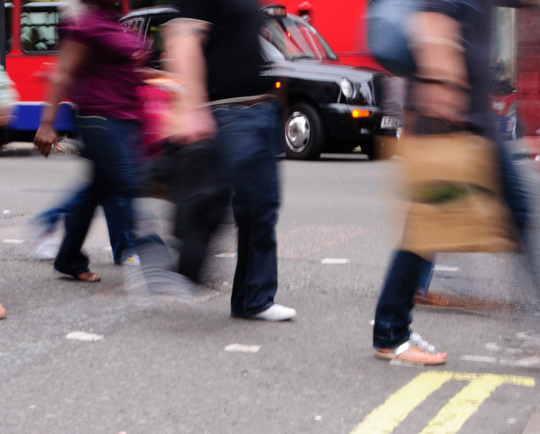Household Bills
Retail sales rise driven by higher prices

UK retail sales increased by 1.9% in September year-on-year, fuelled by higher prices for food and clothing. This is a significant leap from the 0.4% growth seen last year.
Over the three months to September, food sales increased 2.5% on a like-for-like basis and 3.5% on a total basis. This is the highest 12-month average since August 2013, but it has been fuelled by higher prices rather than stronger demand.
Helen Dickinson, chief executive, British Retail Consortium, said: “Looking beneath the surface… we see that much of this growth is being driven by price increases filtering through, particularly in food and clothing, which were the highest performing product categories for the month.
“Retailers have worked hard to keep a lid on price rises following the depreciation of the pound, but with a potent mix of more expensive imports and increasing business costs from various government policies, something had to give at some point.”
Dickinson said that spending is still concentrated on essential purchases; with consumers buying their winter coats and back to school items, but shying away from big ticket items such as furniture and delaying the renewal of key household electrical goods. There were some signs of weakness in discretionary spending. Over the three months to September 2017, in-store sales of non-food items declined 1.5% on a total basis and 2.0% on a like-for-like basis.
She added that online sales had been the biggest beneficiary of the resilience in consumer spending capacity in the last two months as shoppers responded well to discounts and the ongoing investment by retailers in improving the mobile shopping experience.
Online sales continue to outpace in-store sales. Online sales of non-food products grew 10.7% in September, above both the three-month and 12-month averages of 10% and 8.8% respectively. Online penetration rate increased from 21.5% in September 2016 to 22.4% in September 2017, the highest penetration rate since January.